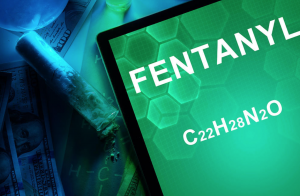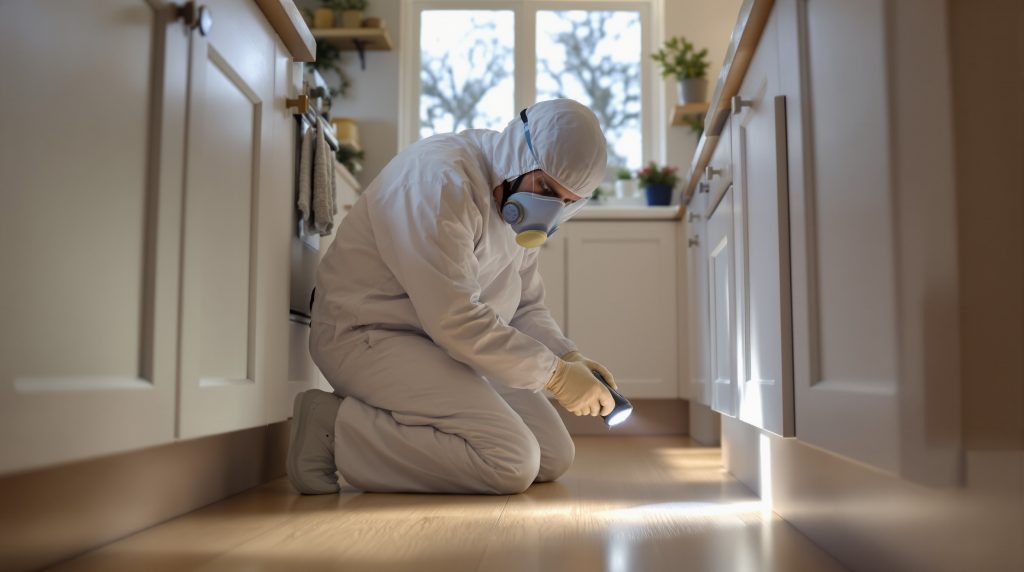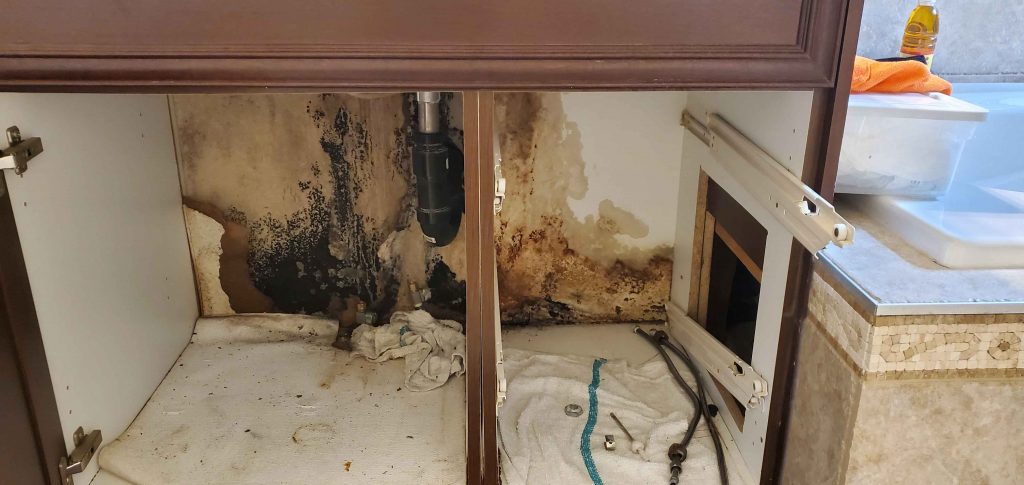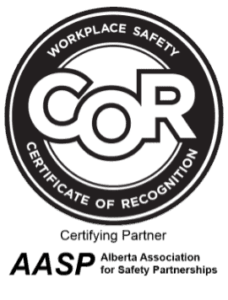Danger in the Air: Inhalation Exposure in Fentanyl Clean Up
Fentanyl Inhalation: The Danger In The Air
If you own property, the risk of it being used for fentanyl production or distribution is increasing. Stay aware and take precautions. Fentanyl is usually produced elsewhere and then shipped to distributors across North America. You’re more likely to find it in drug labs making other substances or in distribution centers where it’s cut, packaged, and sent to the streets.
A distribution lab may not have the dangerous chemicals and equipment of a production lab. However, it still poses serious risks. During the cutting and milling process, fentanyl is released into the air and distributed throughout the building on air currents. Aerosolized fentanyl dust is hard to see but deadly. It’s also one of the biggest exposure risks in a distribution lab.
Dust
Fentanyl dust is extremely fine – along the lines of powdered sugar. The amount of fentanyl needed for an overdose varies by person. However, it’s so tiny it wouldn’t even cover a newborn’s pinky nail. Carfentanil, a fentanyl derivative used as an elephant tranquilizer, is 100 times more potent. Even smaller amounts can be deadly.
When fentanyl in a powder form is processed for sale it is generally cut into other opioids to increase their potency or bulked up with inert substances so that it may be packaged or milled. Regardless of which method is chosen, many distributors use the same method to produce a homogeneous mix – a kitchen blender. The violent blending can raise a fair amount of dust in the process, coating surfaces, carpets, clothing and anything else uncovered in the area.
Inhalation
Fentanyl dust can remain in the air for long periods of time, swept along by air currents until it settles. After the distributors have been removed, the dust remains. Regardless of whether it is airborne when you enter the home, it is easily re-aerosolized by air currents. The simple act of opening the door to let yourself in sends dust settled on carpets, tables and curtains back into the air.
Breathing in enough dust can cause intoxication, overdose or death – and there is no safe way of telling when enough is enough. This is why it is important that anyone exposed to airborne fentanyl dust wear a face mask that covers the nose, mouth and eyes – so that the dust does not come into contact with your lungs or mucous membranes through which it may be absorbed. It is also important to recognize that aerosolized dust may settle on your skin, hair and clothing and become airborne again at a later time. Wearing a full hazmat suit helps to protect you and those you come in contact with you from delayed exposure.
Exposure to fentanyl during a user site or drug lab remediation is extremely dangerous. For more information on the risks, please contact us online or by phone at (888) 801-0911 today.

Mayken Hazmat Solutions has provided Calgary and Western Canada with high-quality hazmat services since 2006. As a registered hazardous waste carrier with the Alberta government, we can handle a wide range of situations and environments. Whether cleaning up hoarding cases, contaminations, chemical spills or crime scenes, we can take care of overwhelming situations for you. Reach out to the experienced hazmat company by calling us 403-272-1995.
























